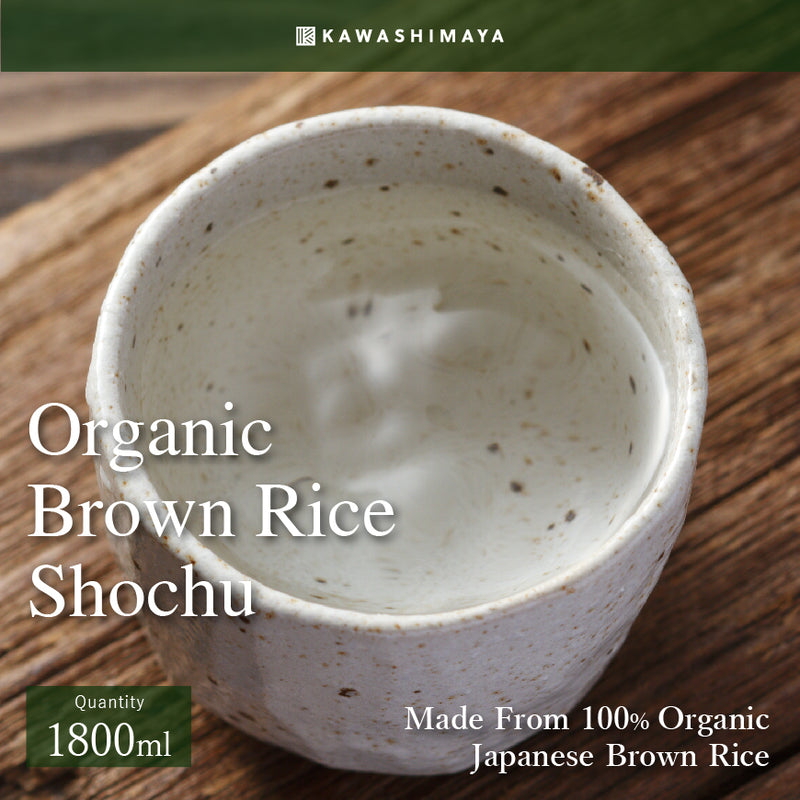
KAWASHIMAYA Organic Brown Rice Shochu 1800ml|Additive-free Shochu, For Drinking And Making Herb Extract|Product of Kumamoto Prefecture
Out Of Stock
Organic Brown Rice Shochu Made In Kumamoto
Made in a brewery that preserves the traditional shochu brewing, surrounded by lush nature: A brown rice shochu, made from organic brown rice.
This is a tasty shochu that has been fully matured and completed by carefully preserving it in the brewery. Uses organic brown rice made with great care from Kuma, Kumamoto Prefecture and finished with handmade preparation by a skilled brewer.
You can enjoy the aroma of brown rice from the shochu. The aroma is clear and the taste is refreshing.
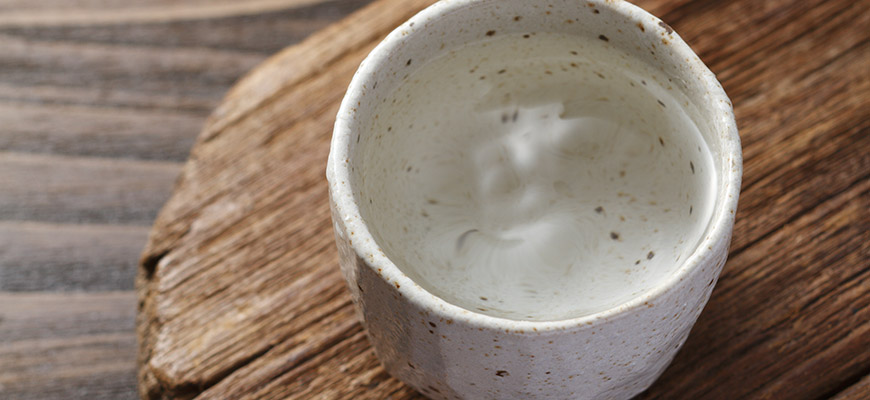
Lightweight Pet Bottle Packaging That Can Be Bundled With Other Products
We have prepared a pet bottle type shochu in response to the customer's request that the bottle is heavy and fragile.
Because it is less fragile, it is also possible to purchase it and bundle it in the same package as other products.
Customers who use it to make herb or flower extracts should also consider this shochu.
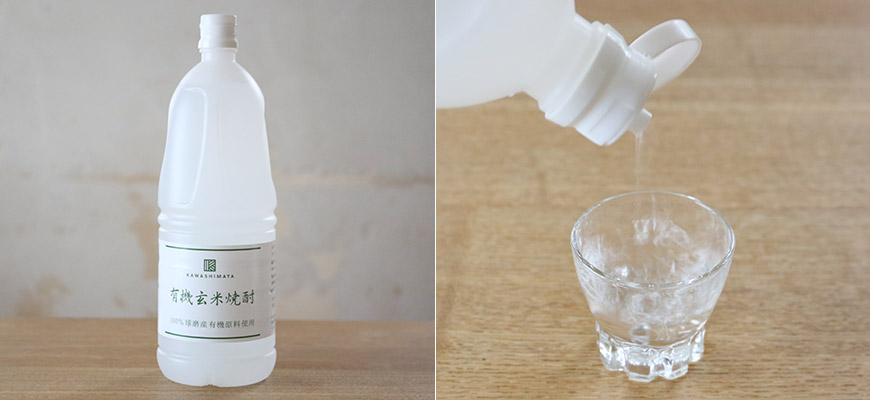
You Can Make The Spout Larger By Removing The Cap
If you want to use the shochu to make herb extracts, you may want to pour shochu into the bowl all at once. In that case, if you turn the lid around and remove it, the spout will become larger and you can pour a lot of shochu.

Ideal For Making Medicinal Herb Extracts Such As Loquat Leaf Extract
Since brown rice grown by organic farming is used as a raw material, this shochu is also ideal to make extracts using medicinal herbs such as loquat leaves, Houttuynia cordata, Kumazasa, and others.
You can also use it to make lotion for your skin.
Here is a tutorial on how to make loquat leaf extract with shochu. English subtitles available!
Organic Farming Method of A Long Established Sake Brewery
Since 1986, the sake brewery which has been commissioned to produce this shochu, has been making shochu using organically farmed rice as a raw material.
The organic certification system was launched in 2001. All contract farmers, including the rice fields where the ingredient for this shochu is acquired, are certified.
In addition, agricultural work such as rice planting and rice harvesting follows the lunar calendar, and the phases of the moon are observed. The rice is cultivated while adjusting to nature and environment.
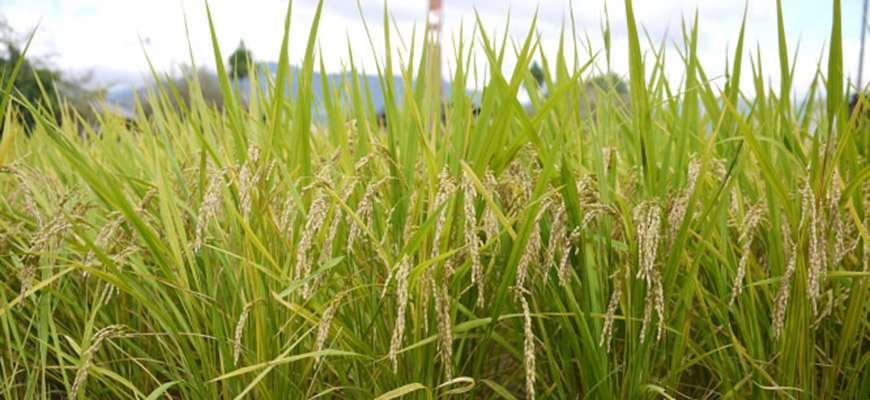
Sake Brewing With Full Dedication To Raw Materials, Brewing, And Preservation
The Birth Of Kuma Shochu
The Kuma region of Kumamoto prefecture has been a place where rice cultivation has been flourishing for a long time due to its fertile soil.
A famous Japanese writer, Ryotaro Shiba, even describes the Kuma region as "the oldest place for Yayoi-style rice cultivation" in his book called Hisatsu no Michi.
500 years ago, brewing technology was introduced from the continent to this area, and Kuma Shochu made from rice was born.
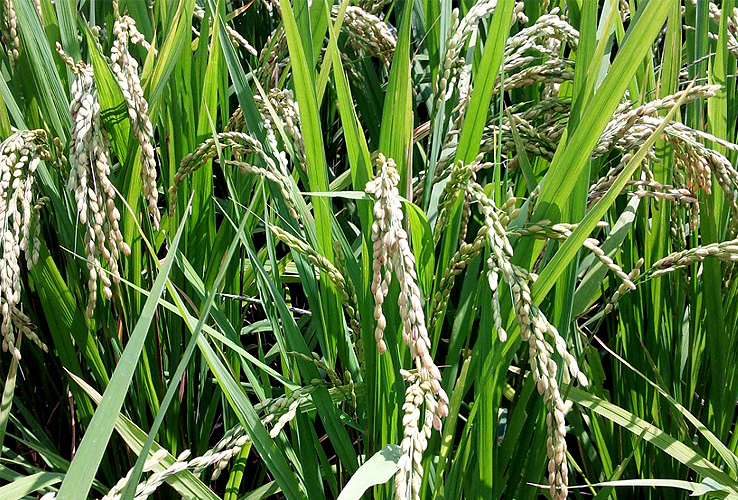
Kept Tradition Since The Establishment
This shochu is produced in a sake brewery with a tradition of more than 100 years, which was founded in Yunomae, Kuma-gun in 1897. Since that time, the brewery owned their own rice fields and produced the shochu "Miyako Tsuru" (named after the tributary of the Kuma River, Miyako River), which was prepared with rice cultivated by the shochu maker.
In 115 years since then, the brewery have deepened their founding thoughts and are making shochu using "organic Kuma rice" as a raw material.
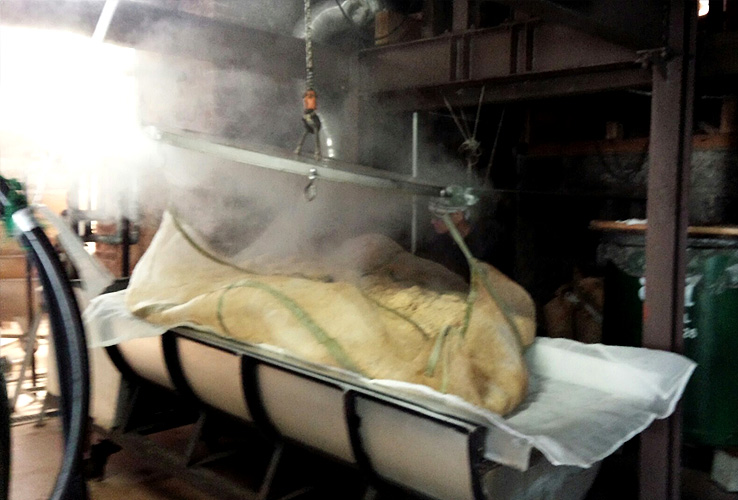
Rooted In Kuma Terroir
In wine, there is a concept of "terroir" = soil, topography, climate.
Since its founding, we have been practicing the making of shochu with a mindset of “Kuma rice, Kuma water, Kuma people" rooted in the Kuma's terroir.
We grow raw rice by the hands of the brewers and make shochu in the area.
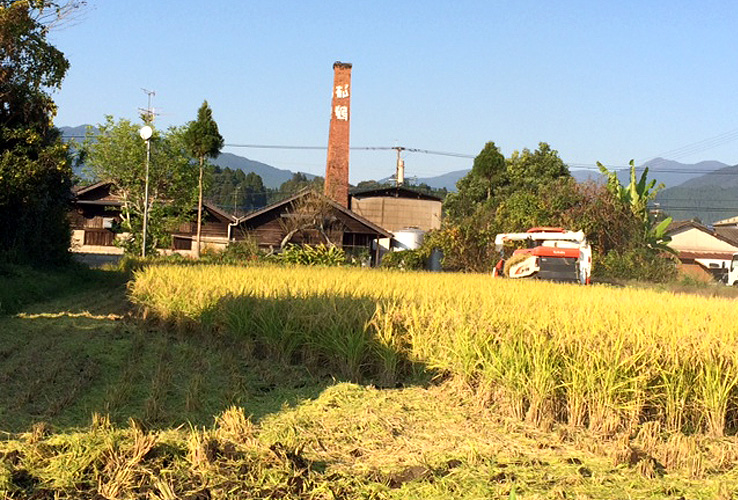
Also Perfect To Enjoy With A Meal
This shochu uses only domestic raw ingredients with a production history. In addition, the brewing technique is traditional and done by a skilled brewer, so it has a very natural taste. It goes very well with food, and you won't get tired of enjoying it as it matches well with your meal.
It can be said that this sake has great potential to cope with the new and diversifying food culture every day.
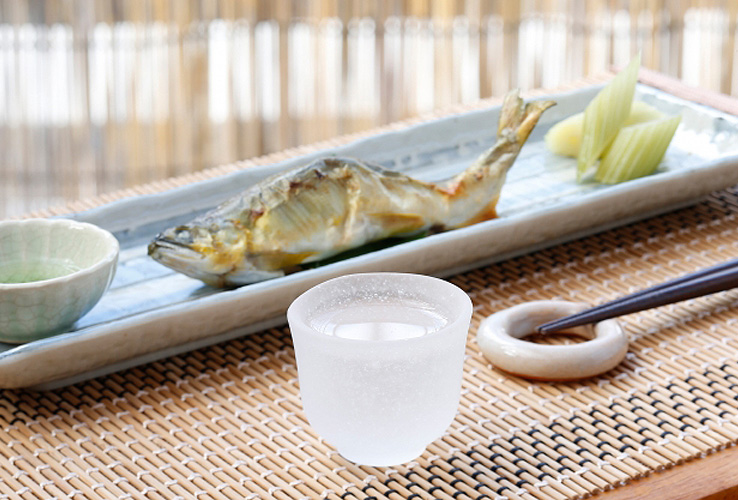
Find Out More About Shochu
An Introduction To Japanese Shochu
Most non-Japanese would say that sake is the only traditional alcoholic beverage of Japan. But there are a lot of Japanese alcoholic drinks to taste and explore. Shochu is one of them. So, what's the difference between shochu and sake? What is shochu made of?
Product Details
| Ingredients | Brown Rice(From Kuma, Japan), Brown Rice Koji (Made From Rice From Kuma, Japan) |
|---|---|
| Quantity | 1800ml |
| Alcohol Content | 35% |
| Place of Origin | Yunomae Town, Kuma District, Kumamoto Prefecture |
| Storing Guide | Keep away from sunlight. Keep in a cool dry place |
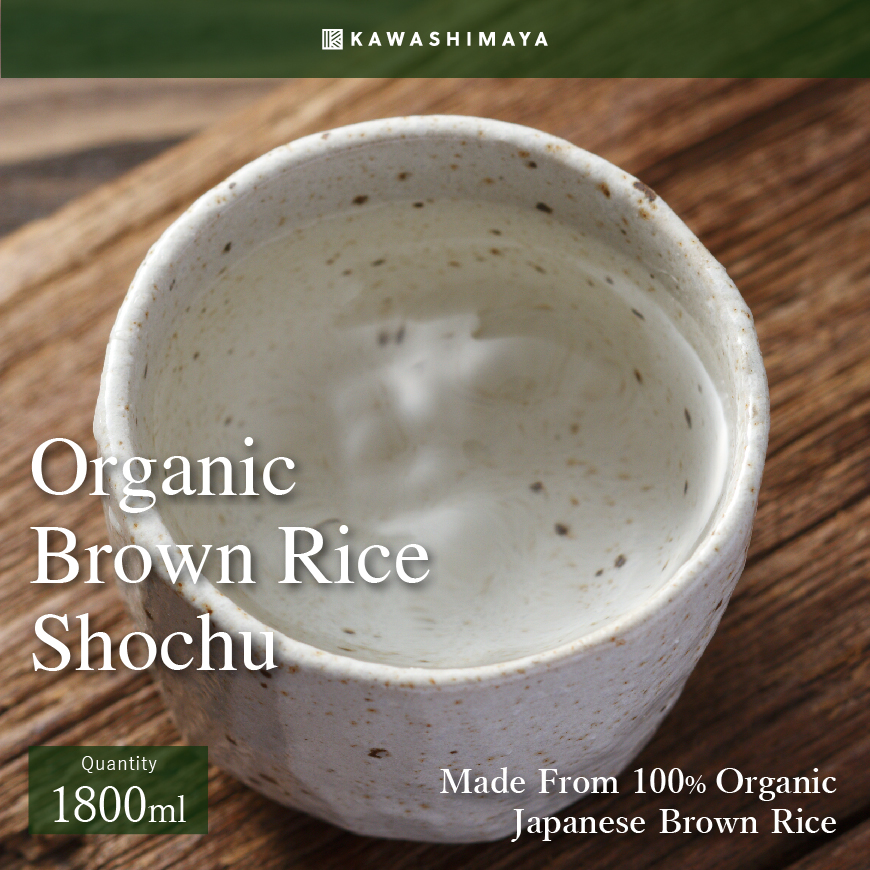
Why shop with KAWASHIMAYA?
- We sell only authentic and high-quality products
- 100% Made in Japan products are as listed
- Organic and non-GMO products are as listed
- All products are new and have long expiry date
- All products are handled directly from our warehouse in Tokyo, Japan
- Easy and secure payment options with CC or PayPal
- Safe and insured international shipping methods
- English and Japanese customer support by email
- Wholesale discount prices available for selected products
- Find insightful articles from KAWASHIMAYA Blog
- Get exclusive discounts for KAWASHIMAYA Newsletter subscribers
- Easy shop on KAWASHIMAYA Amazon USA


